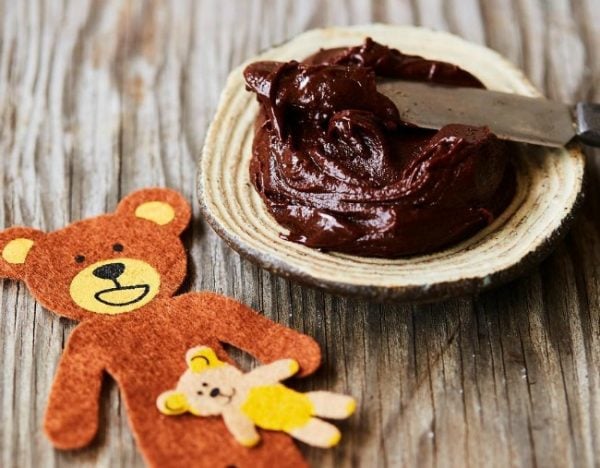Before we became parents, most of us were raised on a pervasive diet of images, messages and peer pressure regarding how we should look and ways to achieve it.
Whether we grew up watching the 90s supermodels, obsessed with Beyoncé or intrigued by an impossibly flawless Instagram influencer, is it any wonder we carry with us certain body ideals and goals?
Despite our own uncertainties, insecurities and struggles with body image, as parents, we are now integral in shaping the self-esteem and attitudes towards the health of our children. And, because of this, it is so important that we take stock of any negative prejudices we have towards food.
It is crucial that we are mindful of the behaviour we model and that we set the tone (and stock the pantry) for balance.






























































































